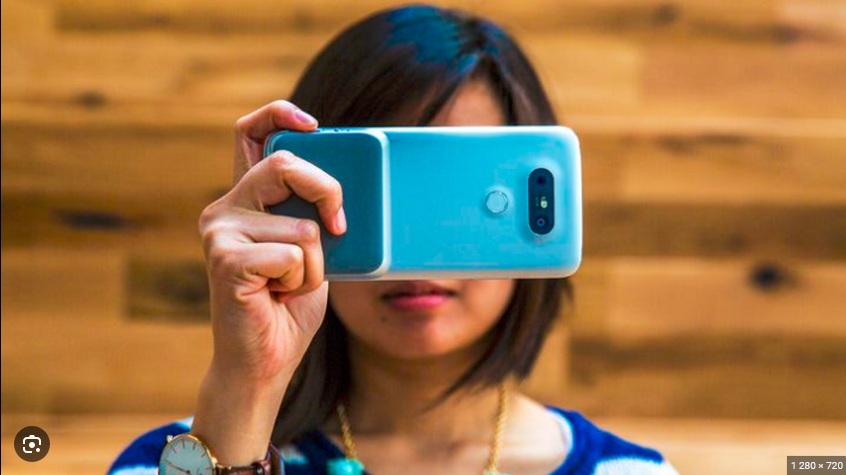We dispel 10 famous myths about smartphones
For 20 years, smartphones have become firmly entrenched in our lives, and we no longer know what we would do without these little gadgets. The alarm clock rings, a message comes, a call comes, music plays, the Internet gives the weather forecast and the latest news. And all this using a smartphone. But over 20 years of close friendship, many myths associated with these devices have accumulated. We collected the most common of them and decided to figure out what is true and what is not.
Bigger is not better: large battery capacity
11.jpg
When choosing a phone, we always look at how many cherished milliamp-hours are in its battery. This is partly correct - a device with 5000 mAh will work longer than a device with 3000 mAh. But the operating time of a smartphone depends not only on the battery capacity, but also on other factors: software and hardware inside the device.
The gluttony of the processor also depends on a number of factors - the clock frequency, which is always written about on price tags in stores, and the manufacturing process of the chipset. The technical process determines the minimum size of the elements in the device and is measured in nanometers. The lower this number, the better. Of two chips with the same performance, the one with a lower technological process will work longer, since it will take up less space and consume less energy to complete tasks.
The minimum is 7 nm, a good option is 10 nm, the average value on the device market is 12-16 nm.
More is not better: megapixels
5.jpg
The quality of photography in all smartphones depends not only on the number of megapixels of the camera. Most manufacturers do not go beyond 12 megapixel modules, but at the same time they continue to tell us about improvements, about high-quality photos in 48, 64, 108 megapixels. Deception? Not really. An important role in creating photographs of such quality is played by the chipset - whether it is able to cope with photo processing in such high quality - and the smartphone software. If the device does not have enough hardware, and the software cannot cope with the high load, the photos will turn out to be of poor quality.
When choosing a smartphone with a good camera, look not only at the number of declared megapixels, but also at other characteristics of the device. And be sure to look for reviews and photos taken with the desired smartphone.
More is not better: gigahertz
33.jpg
Processor power is measured in gigahertz and there is nothing else that can tell us about performance. This used to be the case, but now things are a little different. The maximum clock frequencies have long been reached by developers; it is not yet possible to squeeze more out of the technology. In recent years, developers have been increasing the performance of chipsets by optimizing processor performance for individual tasks and combining co-processes. Therefore, to determine performance, it is not enough to know only the number of gigahertz.
MediaTek chipsets are buggy
44.jpg
About seven years ago, smartphones running on this company’s processors worked poorly and were very slow, but now chipsets with a process technology below 22 nm can compete with Qualcomm Snapdragon and Exonys.
Wi-Fi and Bluetooth turned on quickly drain the battery
55.jpg
Having Bluetooth turned on without data transfer does not affect the battery charge in any way, but Wi-Fi may drain it slightly. All charge when Wi-Fi is on is spent on automatic application updates, which can be disabled in the settings.
You need to close running applications
66.jpg
This is partly true. If an app is downloading data or searching for satellite data in the background, the battery will quickly drain. But most apps in the background only perform background tasks and do not affect your battery in any way. When an application is minimized on a smartphone, it creates a last snapshot from which it will be easy to restore the actions where the work was completed. This does not require a lot of energy from the device.
Only original charger
77.jpg
The question here is not the originality or unoriginality of the charging cable, but its quality. A good charger is always included with a new device, and when it breaks, we save and buy a cord of not the highest quality for 150 rubles. Such a cord not only charges the device slowly, but also heats up during operation, and this is a safety hazard .
Protective glass will save the screen if it falls
88.jpg
No, glass protects against scuffs and scratches. It will protect the screen if the smartphone falls flat. But usually the screen breaks when the phone without a case is dropped on a corner and gets hit on the edge. In this case, it is the case/bumper that can protect you from a broken screen; glass provides additional protection points.
The film damages the touch screen
99.jpg
Previously, the film could ruin the touchscreen with its adhesive layer, and the screen began to become cloudy. But science has stepped forward, manufacturers have improved technology, and now touch screens are different, chemistry does not harm them.
The brand decides
100.jpg
To produce top-end flagships for $1000+, companies use the best technologies and components, assemble them in the most modern factories, but how do they make budget options?
Cheaper models are often produced for each other their factories with more affordable components, but note that component suppliers for most brands are the same. If one brand had everything bad with devices, another would have the same thing, because there is only one supplier? Therefore, the marriage depends on the specific smartphone model and its content, and not on the brand.




